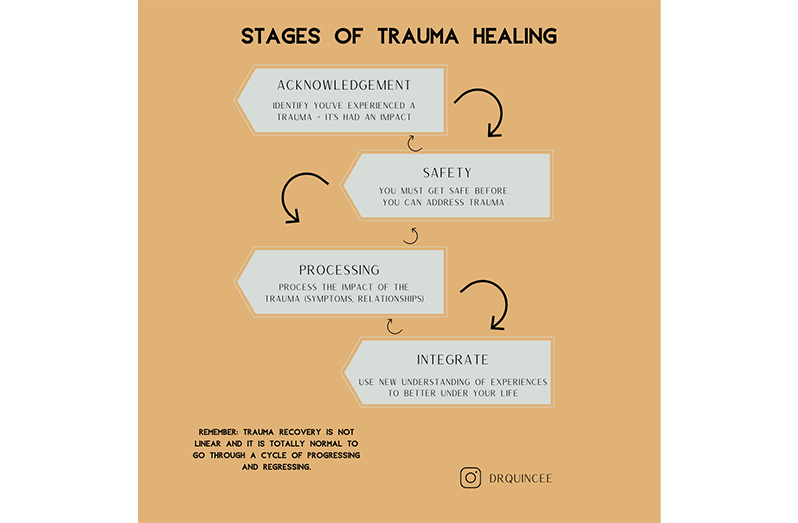The “art” of masking one’s pain and trauma is old yet common for many people. In recent years, more people have been utilising social media to share their traumatic experiences through humour. At some point, we’ve all been guilty of this. This phenomenon is evident all over the internet. From the Bernie Sanders memes during the COVID-19 pandemic to Drake’s Hotline Bling meme that highlights a sense of delusion with the things we should do instead of what we’re actually doing.
Memes by themselves are similar to emoticons used through texting or social media contact. In fact, some people utilise memes to initiate conversations about their feelings or thoughts. The use of “memes” might seem trivial and only reserved for those who understand their meanings—especially if it isn’t a viral meme trend. I am, however, writing this column to highlight that we should try to understand what’s beneath the laughter.
Gallows humour, better known as dark humour, is described as making fun of unpleasant or worrying situations, events or subjects. Gallows humour is often used as a means of coping with one’s prolonged stress or challenges. The form of gallows humour in memes is often used for its accessibility via social media. It also seeks to bring simplicity to complex situations. Instead of trying to express how you truly feel, you can simply repost a picture of the crying cat meme with a caption like “cute while crying” and suddenly, thousands understand exactly what you mean.

Unfortunately, memes are not long-term fixes to deep, emotional issues. Gallows humour altogether is simply a deflection of one’s actual feelings or emotions. It can prohibit the healing process of trauma. Despite this, many still utilise memes as an acceptable outlet for emotions they don’t feel safe expressing otherwise. Memes are often viral content on social media and this can sometimes create a sense of community as well. It feels good to know and relate to content that might otherwise be swept under the rug in a personal setting. The sense of community through social media commentary and shares allows people to feel less lonely in their personal experiences and feelings.
Personally, I will continue to repost my “trauma memes” because I find a sense of relief in humouring my feelings. It offers an opportunity for open conversation in a world that prefers people to keep their emotions and feelings to themselves. However, “trauma memes” are a shortcut to real recovery and healing. While it offers an opportunity for relatability, or an avenue to share a bit of emotion without providing much context—it should not be used as a sole fix for trauma.




.jpg)









